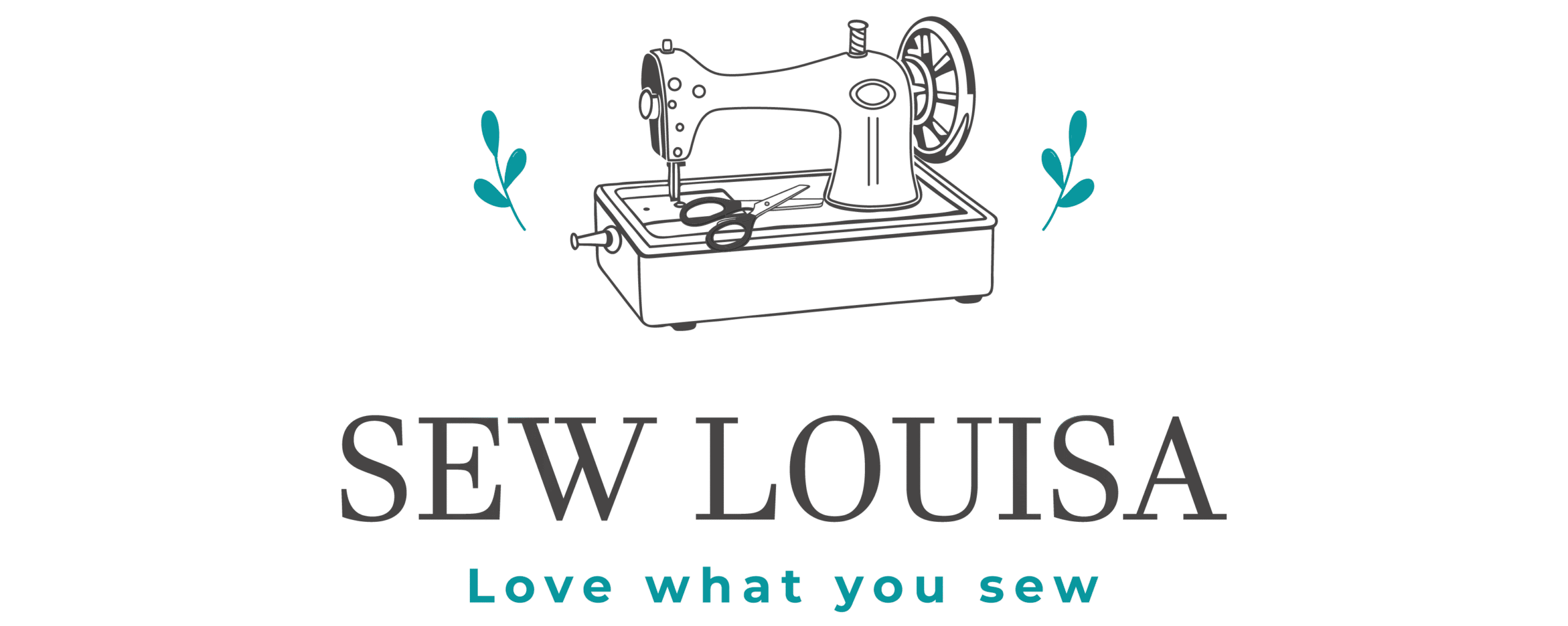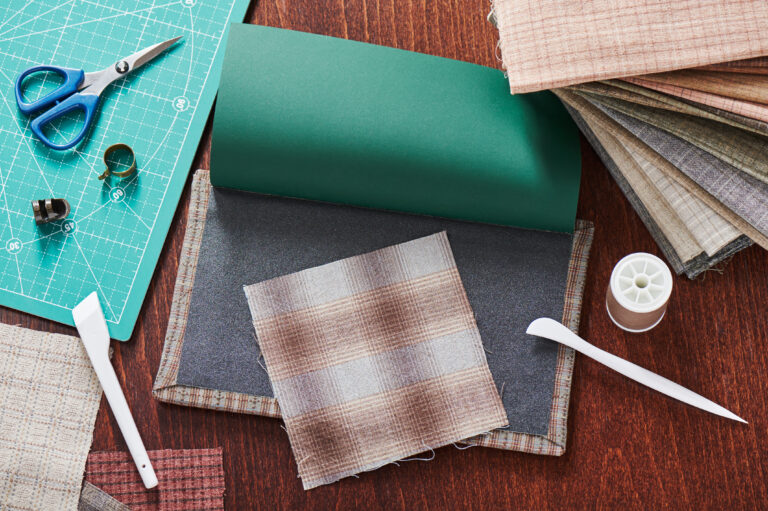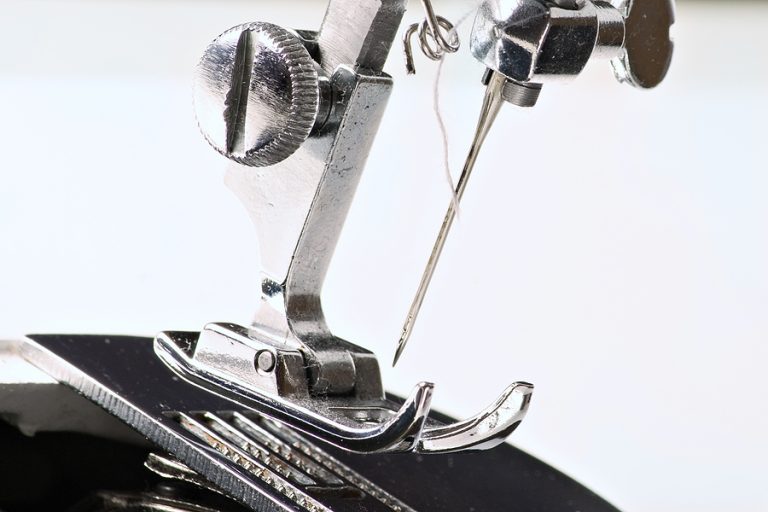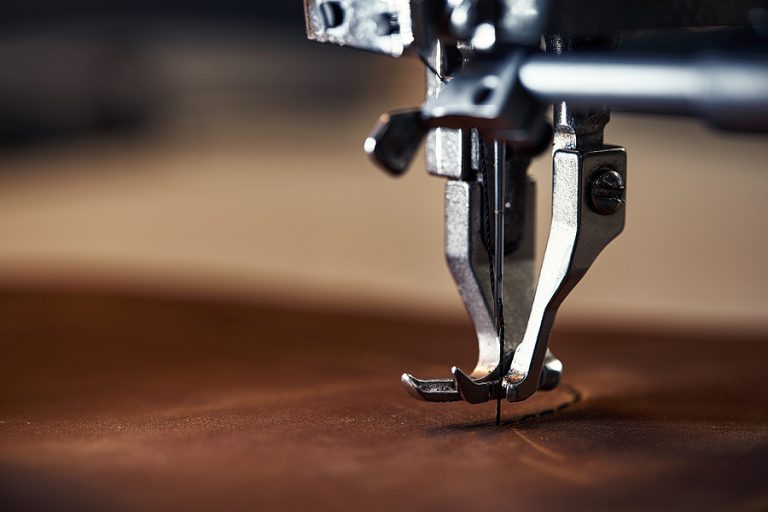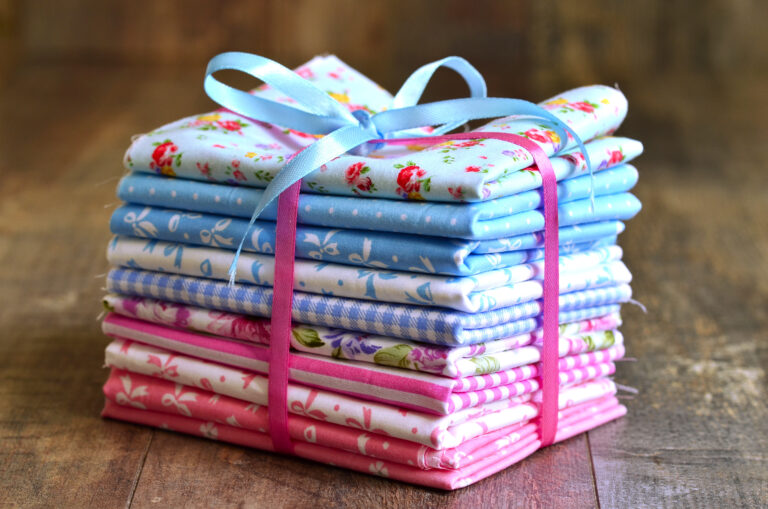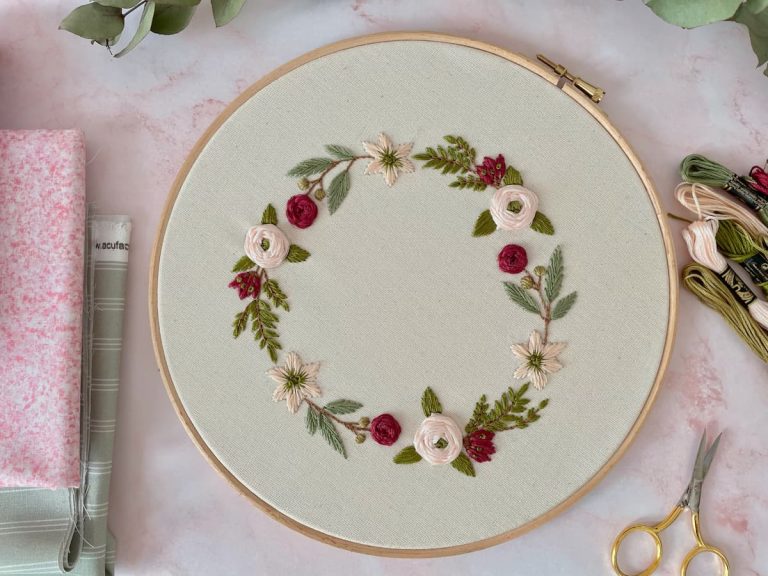Understanding Seam Allowance in Sewing
Seam allowances maybe basic and often overlooked but they are an important part if successful sewing. They are essential the fabric between the seam line and the edge of the fabric. Without them we wouldn’t be able to sew all those lovely clothes I know you like doing.
Why Seam Allowances are important.
- They create the space need to sew strong seams that won’t fall apart.
- Wide seam allowance gives you the opportunity to adjust the fit while sewing.
- They allow you to sew different seam finishes.
- They prevent the fabric fraying especially if you finished the seam.
- They allow you do sew different edge finishes.
For you to be successful in you sewing it’s important to know and manage your seam allowances accurately. When you check and sew your seam allowances correctly you will be making projects that fit and are the size you expected. Think if it like this, of you are making a basic top with two side seam and ignore say a 1.2 inch seam allowance you’ve lost 2 inches on width.
As you come to understand seam allowance your confidence in sewing will increase and you be safe in the knowledge that you’ve enough to fitting and construction.
1: What is a Seam Allowance
In essence a seam allowance is the fabric or space between the fabric edge and the line of switches. Its like the space between the edge of the paper the margin line in exercise books (hope I’ve not just aged myself). It hold the two pieces of fabric together and does also to a degree allow flat pieces of fabric take on a 3D shape.
Standard Seam Allowance Measurements
- 5/8 inch (1.5 cm), this is the most common in commercial patterns.
- 1/4 inch (6mm) this is common in quilting, light weight fabrics and often in knit garment patterns.
- 1 inch (2.5 cm) this is used for heavy fabric or those that fray badly and fro areas that might beed adjusting and reinforcing.
- 1/2 inch (1.3cm) children clothing and simple craft projects.
It is vital to be accurate when measuring and sewing seam allowance as even at little as 1/8 inch difference can make the project or garment too big or too small. The good news is there are several tools and guides that can help you achieve accurate seam allowances.
- Use the markings on you sewing machine plate.
- A clear ruler or tape measure.
- Seam gauge tool like this one.
- Special pressure feet that have a guide built in.
Standard seam allowances can vary depending on several factors such as
- The type and weight of the fabric.
- Construction methods.
- How the seams will be finished.
I would recommend testing standard seam allowances on scrap fabric. Every machine is different and may need little adjustment to get an accurate measurements. Get into the habit of testing seam allowance (and stitches) for each project and double check the seams are accurate.
When working on a quilting project achieving a scant 1/4 inch seam is an important part of accurate alignment of seams, essential for complex designs. The more seams a quilt block has the more accurate your seam allowance needs to be.
2: The Importance of Seam Allowance in Stopping Fraying and Making Fit Adjustments.
Seam allowance also plays a role in making sure fraying doesn’t encroach to much into he body is the garment and therefore fraying and weak seams. In woven fabric once you have a raw edge it will fray to some degree so having an barrier (the seam allowance) will allow you to control the fray thus
- It keeps your garment and seams strong and intact.
- It stops or reduces the chance of the seam or fraying being visible on the right side of the garment.
- It gives you the opportunity to use different seam finished like a French seams.
How Different Fabrics Require Different Seam Allowances
There is a direct relationship between the width of the seam allowance and how much the fraying will affect the seam strength. So it stands to reason the different fabric will need alternative seams
- Loose weave fabrics require wider seam allowances (3/4 inch) or more.
- A stable cotton or woven fabric will be fine with the standard 5/8 inch is fine.
- Knit fabrics can use a narrower seam allowance 1/4 to 1/2 inch as knit fabrics don’t fray.
Why Seam Allowance Matters for Fit Adjustments.
Seam allowances aren’t just for preventing fraying they are also a vital role in fitting garments and making them fit as well. When sewing garments each fabric will fit slightly different and being able to let out a seam a little is a good thing.
- It allows to you let out seams if needed or
- To take in seams if needed.
It pays to have generous seam allowances as this give you the opportunity to be able to fit the garment well. It is really useful to have 1 inch seam allowances on the side seam you got enough leeway to able to let the seam out a little.
3: Exploring Different Types of Seams and their Corresponding Seam Allowances.
Seam types will require specific seam allowance although commercial pattern have consistent seams in the same pattern. However I think is quite useful to know some common seam variations:
Straight Seams
- The standard seam is 5/8 inch (1.5 cm) and most commercial pattern have this seam allowance.
- Perfect for plain seams but can also work for French seams.
- Common for side seams, shoulder seams and straight seams.
Curved Seams
- Useful to have narrower seams 1/4 to 3/8 inch
- These narrow seam allowances reduce bulk in the seam and allow smoother sew.
- Can be used on necklines, armholes and princesses seams.
Speciality Seams
- French Seams, you’ll need to double the standard allowance.
- Flat-felled seams need 3/4 inch at a minimum.
- Hong Kong add a 1/4 inch to standard allowance.
Fabric-Specific Considerations
- Lightweight Fabric, standard seams allowances are fine.
- Heavy fabric, you can use a larger seam allowance if wanted.
- Knit Fabric, a narrower seam allowance is common in this instance.
4: Standard Seam Allowances in Commercial Sewing Patterns and Garment Sections.
Commercial patterns normally have standardised seam allowance and usually constant allowances within the same pattern. Make sure you check and double check though so you know the correct seam allowance for your project. Standard seam allowances are 5/8 inch (1.5 cm) for most American patterns and European allowance tend to be 3/8 inch (1cm).
Garment sections often require specific seam allowances.
- Side Seams: 5/8 to 1 inch (1.5 to 2.5 cm).
- Centre Back Seams:1 inch (2.5 cm).
- Shoulder Seams: 3/8 to 5/8 inch (1 to 1.5 cm).
- Armholes: 1/2 inch (1.3cm).
- Necklines: 1/4 to 3.8 inch (6 to 10 mm).
- Hemline: 1 to 2 inches (2.5 to 5cm)
The previous measures serve as industry standard seam allowance but remember that patterns can and do vary what seam allowances they use. Some patterns especially more couture patterns don’t induce any seam allowances so please check before starting a project.
5: Achieving Professional Results with Accurate Sewing Techniques and Properly Marked Seam Allowances on Pattern.
To produce professional looking garments it requires attention to detail and precise sewing and marking of seam allowances. Below is a list of tools and techniques that can help you achieve this.
Essential Marking Tools
- Fabric marking pens or chalk.
- A small clear ruler and or seam gauge.
- Tracing wheel and paper.
- Tailor’s Tacks.
Marking Techniques for Different Fabrics
- Light Fabrics: Use a fine water soluble pens.
- Dark coloured fabrics: Use a chalk or chalk pen.
- Delicate or texture fabrics: Use tailor’s tacks.
- Heavy Fabric: Use tracing paper and wheel.
This is just a guide and testing marking on the fabric to see which is the best marking method for that fabric.
Professional Sewing Practices
- Keep your sewing machine in tip top shape and regularly serviced.
- Test the stitch you want to use on some scrap fabric (same as the one you are using).
- Use the appropriate needle and size for the fabric.
- Guide the fabric through the machine rather then pushing or pulling it.
- Test using the marking on the sewing machine plate for accurate seam allowance.
Common Mistakes to Avoid.
- Skipping pattern markings.
- Rushing though marking transfers.
- Ignoring fabric grain lines.
- Using incorrect marking tools.
- Failing to test marking tools on the fabric first.
Conclusion
Once you have mastered accurate seam allowances your sewing projects will be elevated from amateur to professional status. When you gain an understanding if how to sew accurate seam allowances you’ll be able to
- Create garments that fit.
- Make necessary adjustments with confidence.
- Prevent fabric fraying and ensure seams are strong and durability.
- Sew different seam types with precision.
- Take on more complex sewing patterns.
The time you take in investing sewing accurate seam allowances will pay of in beautiful stitched garments that’ll stand the test of time. Use each project as an opportunity to apply the techniques in this post so that at the end you’ll have a beautiful sewn garment at the end.
So are you ready to elevate your sewing skills? When you start you next project make sure you play close attention to your seam allowances.
‘Remember precise measurements and consistent application will be the key to sewing precise and accurate seam allowances’
If you commit to mastering seam allowances it’s not just about rules it about giving yourself the tools and confidence to sew accurate seams.
FAQs (Frequently Asked Questions)
What are seam allowances in sewing?
A seam allowance is the fabric between the edge of the fabric and the stitching line. Accuracy is vital to ensure proper fit, prevent fabric fraying and allows for adjusting fit.
How do I measure seam allowance accurately for my sewing projects?
Seam allowances are measured from the edge of fabric to the stitching line or the seam. Standard seam allowances vary from 1/4 to 1 inch depending on the project. Precision in measuring is essential in getting accurate seams.
How does seam allowance help prevent fabric fraying?
As seam allowances provide extra fabric beyond the stitching line it gives the fabric extra room to fray without impeding on the stitching line and seam strength.
Do different types of seams require different seam allowances?
Yes. Straight and curved seams often require different seam allowances in order to have smooth seams. Choosing the right seam allowance allows stress free sewing which produces well made sewing projects.
What are the standard seam allowances used on commercial sewing patterns?
Commercial patterns typically include a stand seam allowance of 5/8 inch for woven fabric and a narrower 1/4 inch for knit garments. However this may vary to be sure to check before starting a project.
How can I achieve professional results by marking seam allowances my patterns?
Accurately marking the seam line on you pattern can help in being precise in your sewing. Being consistent in your marking helps with the sewing and makes sure your seam are correct for the project you are making.
